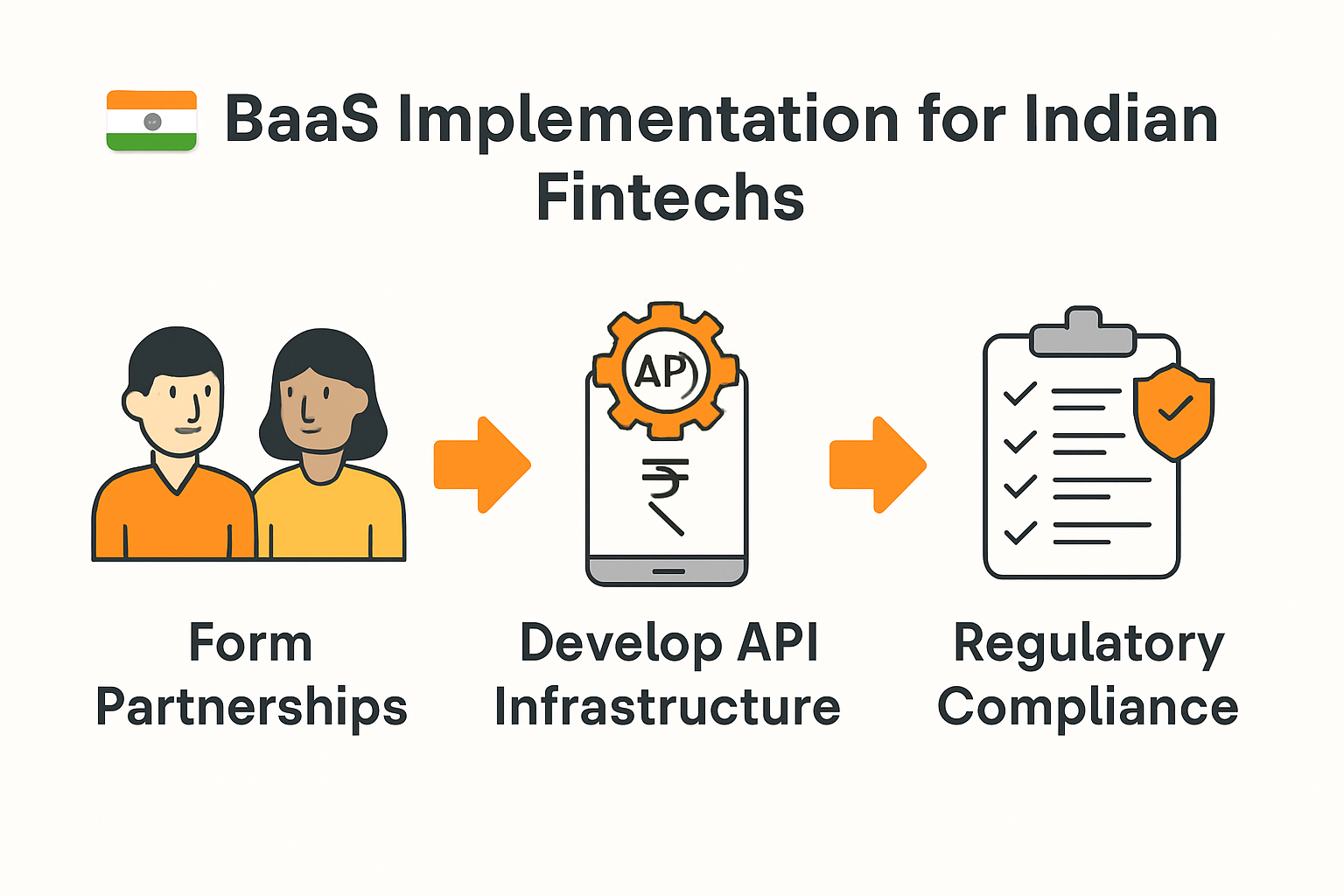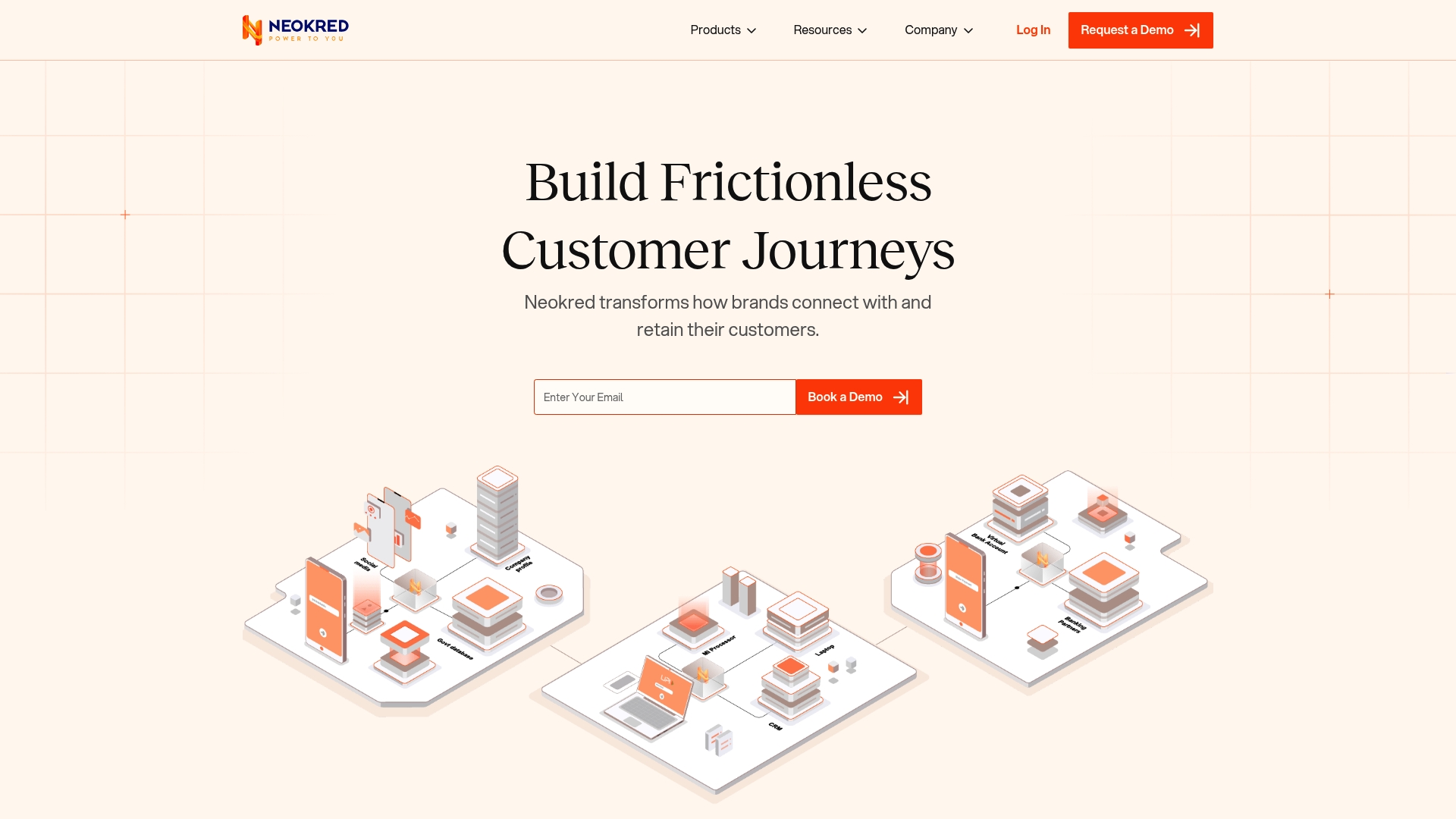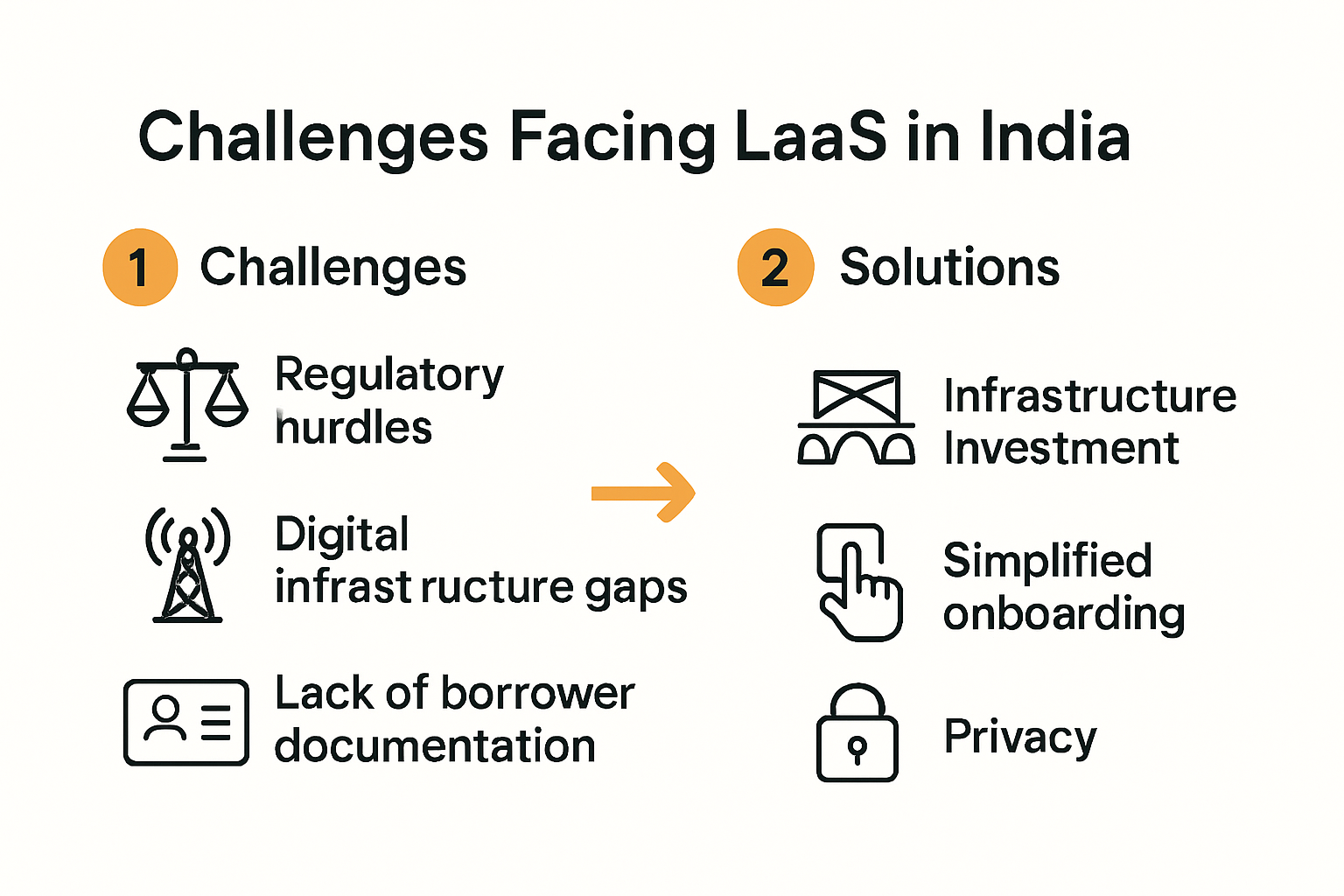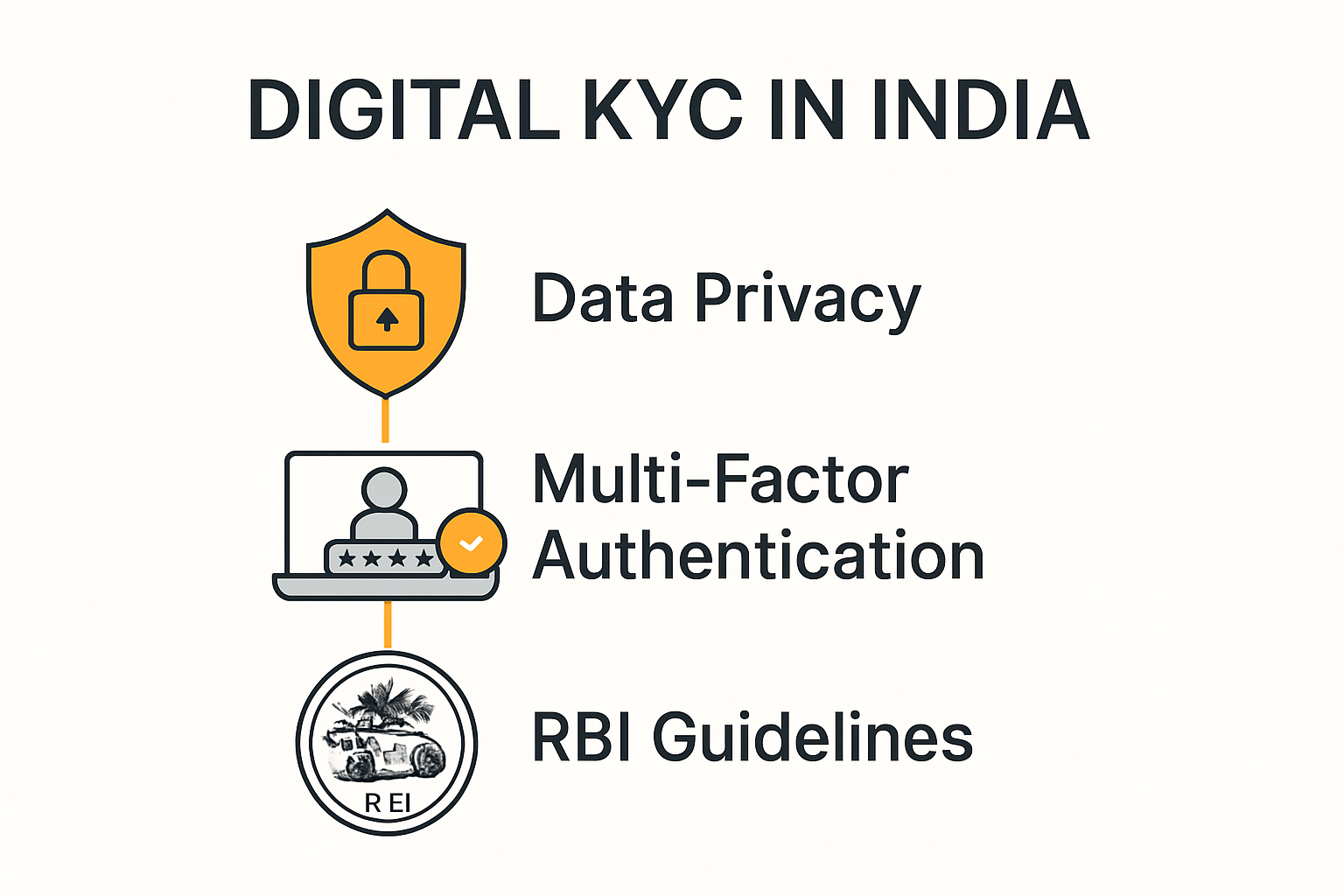Banking as a Service is rapidly changing how companies in India deliver financial solutions. The surprising part is that BaaS can cut infrastructure costs by up to 50 percent for businesses compared to traditional banking setups. This shift is not just good for digital-first startups—even well-established banks are racing to adopt BaaS, turning old-school processes into fast, customer-focused experiences in ways nobody expected.
Table of Contents
- Understanding Banking As A Service In India
- Key Benefits For Financial And Payment Companies
- Regulatory Landscape And Compliance Requirements
- Steps To Implement Banking As A Service Solutions
Quick Summary
| Takeaway | Explanation |
|---|---|
| BaaS transforms financial services accessibility. | Banking as a Service enables non-banking businesses to offer financial solutions seamlessly through existing platforms. |
| BaaS enhances operational efficiency significantly. | This model reduces infrastructure costs, allowing companies to focus on core competencies while leveraging existing technology. |
| Strong regulatory compliance is critical for BaaS. | Adherence to guidelines by the Reserve Bank of India ensures financial security and protects consumer interests. |
| Technology integration fosters innovation in finance. | Utilizing advanced technologies allows for the rapid development of personalized financial products and services. |
| Strategic partnerships are essential for BaaS success. | Collaborating with tech and financial organizations helps in creating scalable and secure BaaS solutions. |
Understanding Banking as a Service in India
Banking as a Service (BaaS) represents a transformative approach in India’s financial technology ecosystem, enabling non-banking businesses to integrate sophisticated financial services directly into their platforms. This innovative model fundamentally reshapes how traditional banking capabilities are delivered and consumed across various sectors.
The Core Mechanics of BaaS in the Indian Context
At its fundamental level, Banking as a Service allows technology platforms and businesses to embed financial services seamlessly without establishing a full banking infrastructure. By leveraging API-driven platforms, companies can offer banking functionalities like account creation, payments, lending, and digital transactions through their existing digital interfaces. Learn more about modern banking integration.
The National Institute of Bank Management highlights that BaaS is not merely a technological trend but a strategic transformation in financial service delivery. Companies can now access banking services through modular, plug-and-play solutions that dramatically reduce operational complexities and infrastructure investments.
Technological Foundations and Regulatory Landscape
India’s regulatory environment, particularly guidelines from the Reserve Bank of India (RBI), plays a crucial role in shaping BaaS implementations. The Institute for Development and Research in Banking Technology emphasizes that technological advancements like cloud computing, artificial intelligence, and robust API frameworks are critical enablers of this banking revolution.
According to research by Ritika Gupta, the Indian banking sector is progressively adopting emerging technologies that facilitate seamless digital transformations. These technological integrations are not just enhancing operational efficiency but are fundamentally reimagining how financial services are conceptualized and delivered.
The BaaS model represents more than a technological solution it’s a strategic approach that democratizes financial services, enables unprecedented innovation, and creates more inclusive economic opportunities across India’s diverse business landscape. By breaking down traditional banking barriers, BaaS empowers businesses of all sizes to offer sophisticated financial products without the massive overhead of traditional banking infrastructure.
Key Benefits for Financial and Payment Companies
Banking as a Service (BaaS) offers transformative advantages for financial and payment companies in India, enabling them to expand their operational capabilities, reduce infrastructure costs, and create innovative financial solutions. This strategic approach fundamentally redefines how financial services are developed, delivered, and monetized in an increasingly digital ecosystem.
Here is a summary table organizing the main benefits that BaaS provides to financial and payment companies in India. This allows readers to easily scan and compare how each benefit impacts businesses.
| Key Benefit | Explanation |
|---|---|
| Accelerated Market Expansion | Enables quick market entry and broader customer reach without heavy investments |
| Operational Efficiency | Reduces technological overhead and infrastructure maintenance costs |
| Cost Optimization | Lowers infrastructure costs by up to 50% compared to traditional banking setups |
| Innovation | Facilitates development of personalized and cutting-edge financial products |
| Competitive Differentiation | Allows both startups and established companies to compete by offering unique, agile financial services |
| Regulatory Compliance | Ensures adherence to RBI standards to increase security and consumer protection |
Accelerated Market Expansion and Customer Reach
Financial and payment companies can leverage BaaS to dramatically accelerate their market penetration without substantial capital investments. The International Monetary Fund highlights that digital payment systems like UPI have enabled companies to offer instant and convenient payment solutions, thereby enhancing customer engagement and expanding market reach.
By utilizing modular API-driven infrastructure, these companies can quickly integrate sophisticated financial services into diverse platforms. Explore seamless financial integration that allows organizations to create customized financial products tailored to specific market segments and customer needs.
Operational Efficiency and Cost Optimization
The Bank for International Settlements emphasizes that India’s digital financial infrastructure provides significant operational efficiency gains for financial institutions. BaaS enables companies to reduce technological overhead, minimize infrastructure maintenance costs, and streamline complex backend processes.
Traditional banking models require substantial investments in technological infrastructure, compliance mechanisms, and regulatory frameworks. BaaS disrupts this model by offering plug-and-play solutions that allow companies to focus on core competencies while leveraging pre-built, compliant financial technologies.
Innovation and Competitive Differentiation
BaaS empowers financial and payment companies to become more agile and innovative. The International Monetary Fund reports that India’s digital payment ecosystem has facilitated rapid growth in transaction volumes, creating unprecedented opportunities for companies to develop cutting-edge financial products.
By adopting BaaS, organizations can experiment with new service models, create personalized financial experiences, and rapidly prototype solutions without the traditional barriers of complex banking infrastructure. This approach allows smaller fintech companies and established financial institutions to compete on equal footing, driving innovation and customer-centric design in the financial services sector.
Regulatory Landscape and Compliance Requirements
The regulatory environment for Banking as a Service (BaaS) in India represents a complex and evolving framework designed to ensure financial security, protect consumer interests, and foster responsible innovation. Navigating this intricate landscape requires financial and payment companies to demonstrate rigorous compliance and adaptability.
Comprehensive Regulatory Framework
The Reserve Bank of India (RBI) plays a pivotal role in establishing and enforcing regulatory guidelines for BaaS implementations. Explore advanced compliance strategies that help organizations stay ahead of regulatory requirements. According to the RBI Guidelines on Payment Aggregators and Payment Gateways, entities must obtain specific licenses, implement robust Know Your Customer (KYC) protocols, and maintain stringent data localization standards.
Key regulatory priorities include preventing financial fraud, ensuring data privacy, and maintaining transparent financial transactions. These guidelines mandate that BaaS providers implement comprehensive risk management systems, conduct regular audits, and maintain detailed documentation of all financial interactions.
Compliance and Risk Management Strategies
Successful BaaS implementation requires a multifaceted approach to compliance. Financial organizations must develop sophisticated technological infrastructure that can seamlessly integrate regulatory requirements into their operational processes. This involves implementing advanced authentication mechanisms, real-time transaction monitoring, and robust reporting systems.
The regulatory landscape demands that companies not only meet current compliance standards but also remain agile enough to adapt to future regulatory changes. This requires continuous investment in technological capabilities, staff training, and proactive risk assessment methodologies.
Technology-Driven Compliance Solutions
Technological innovations are increasingly becoming critical in addressing complex regulatory challenges. Advanced technologies like artificial intelligence, machine learning, and blockchain are emerging as powerful tools for ensuring regulatory compliance. These technologies enable more efficient and accurate monitoring of financial transactions, helping organizations detect and prevent potential financial irregularities.
Financial institutions must view compliance not as a mere regulatory obligation but as a strategic opportunity to build trust with customers and demonstrate organizational integrity. By developing transparent, secure, and technologically advanced compliance mechanisms, BaaS providers can differentiate themselves in a competitive market and create sustainable, long-term value for their stakeholders.
Steps to Implement Banking as a Service Solutions
Implementing Banking as a Service (BaaS) solutions requires a strategic and methodical approach that balances technological innovation, regulatory compliance, and customer-centric design. Financial and payment companies must navigate a complex ecosystem of technological, operational, and regulatory considerations to successfully deploy BaaS platforms.
The following process table breaks down the main steps involved in implementing Banking as a Service (BaaS) solutions, along with the primary focus and key tasks for each step. This helps clarify the implementation journey for readers.
| Step | Main Focus | Key Tasks |
|---|---|---|
| Strategic Partnership & Infrastructure | Establish collaborations & build APIs | Partner with banks/tech firms, develop API architectures |
| Regulatory Compliance & Risk Mgmt | Fulfill legal, compliance, and risk demands | Obtain licenses, set up KYC/AML, ongoing staff training |
| Technology & Product Design | Create flexible, user-centric solutions | Design modular products, ensure security, prioritize user experience |
Strategic Partnership and Infrastructure Development
The first critical step in implementing BaaS solutions involves establishing robust technological and strategic partnerships. Discover comprehensive API banking strategies that enable seamless financial service integration. According to the Wharton Initiative on Financial Policy and Regulation, successful BaaS implementation relies on creating strong collaborations between licensed financial institutions, technology providers, and non-financial entities.
Key considerations include developing scalable API infrastructures, ensuring secure data exchange mechanisms, and creating flexible integration frameworks that can accommodate diverse business requirements. Organizations must invest in modular technological architectures that allow quick adaptation and customization of financial services.

Regulatory Compliance and Risk Management
Comprehensive regulatory compliance forms the backbone of successful BaaS implementation. The Payments Association emphasizes the importance of establishing clear contractual agreements and developing rigorous risk management protocols. This involves creating detailed documentation, implementing advanced authentication mechanisms, and developing comprehensive monitoring systems.
Financial organizations must develop sophisticated technological infrastructure capable of real-time transaction tracking, fraud detection, and adherence to Know Your Customer (KYC) and Anti-Money Laundering (AML) regulations. Continuous staff training and technological updates are essential to maintaining compliance in the rapidly evolving BaaS ecosystem.
Technology and Product Design
The final crucial step involves designing flexible, user-centric financial products that leverage the full potential of BaaS technologies. The British Computer Society highlights the importance of creating customizable, scalable banking solutions that can be quickly integrated across different platforms.
Successful BaaS implementation requires a holistic approach that combines technological innovation, regulatory understanding, and customer experience design. Organizations must focus on developing intuitive, secure, and adaptable financial services that can be seamlessly embedded into various digital ecosystems. By prioritizing modularity, security, and user experience, financial institutions can create powerful BaaS solutions that transform how banking services are conceptualized and delivered.

Frequently Asked Questions
What is Banking as a Service (BaaS)?
Banking as a Service (BaaS) is a model that allows non-banking businesses to integrate financial services directly into their platforms using APIs, enabling seamless access to functionalities such as payments, lending, and account management.
How does BaaS benefit financial companies in India?
BaaS enables financial companies to accelerate market expansion, reduce infrastructure costs by up to 50%, increase operational efficiency, and foster innovation by allowing the rapid development of customized financial products.
What are the regulatory requirements for implementing BaaS in India?
Companies implementing BaaS must adhere to guidelines set by the Reserve Bank of India, including obtaining necessary licenses, implementing Know Your Customer (KYC) protocols, and ensuring data localization requirements are met for compliance and risk management.
How can businesses ensure compliance when using BaaS solutions?
Businesses can ensure compliance by developing a robust technological infrastructure that integrates regulatory requirements, continuous monitoring of transactions, and investing in training and updates to adapt to evolving regulations.
Accelerate Your BaaS Transformation with Neokred
Bringing Banking as a Service to life is not without challenges. This article highlights key pain points that many businesses face, including the struggle to integrate financial solutions quickly, optimize operational costs, and stay compliant in India’s regulated environment. If you are seeking to replace outdated legacy systems and need to build flexible, customer-focused journeys, Neokred empowers you to move beyond the barriers of traditional banking infrastructure. Discover how our API-first platform lets you scale fast, embed payment or insurance options, and automate compliance with ease. See how seamless integration really works.

Do not let infrastructure or regulatory anxiety slow down your growth. Take the next step and explore Neokred’s modular financial platform to deliver frictionless experiences, enhance customer reach, and make compliance simple. Visit Neokred’s homepage now to transform your BaaS vision into a live solution.
Recommended
Conclusion
Discover how banking as a service empowers financial and payment services in India with flexible platforms, regulatory ease, and new revenue streams.









